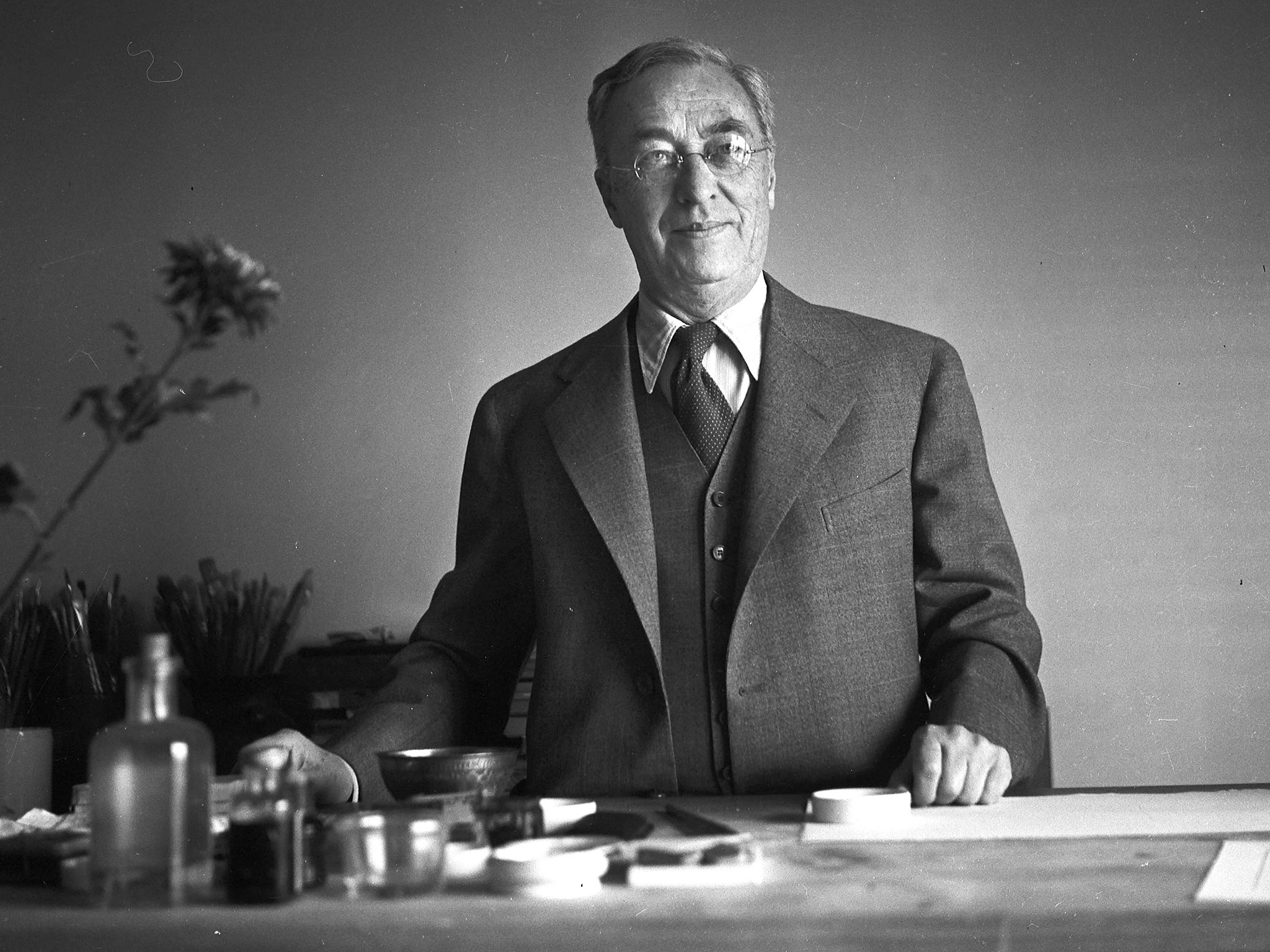Music has been described as the purest form of art. Maybe because it’s immaterial to us: we can’t touch it or see it; it blends with the spirit and affects the mood directly. It changes the atmosphere and triggers emotion like no other art form. Mere measures of an old piece of music carries us to childhood, the intro of a national anthem is all it takes to activate a range of emotions. Let’s take the ancient Greeks, for example: for them, human inspiration resulted from a group of deities called the “muses”. Those blessed by the muses elevated the human condition by using creativity to develop culture. A muse’s touch was thus the hallmark of civilization. Linguists will recognize the word “music” is derived from the word “muse”, indicating that music was taken seriously.
For the Greeks, the principles of astronomy were so entwined with the principles of harmony, that scholars posited the planets could create sound speeding through the cosmos. Thus, music was essential to understanding the relationship between the objects in the universe. That concept of musical interconnection with the cosmos was called “harmonia”, and yes, that is where “harmony” comes from! Great philosophers have come to appreciate the value of music. Ancient Greeks like Plato believed that music had a direct effect on a person’s ethos. In modern times, Nietzsche kept correspondence with Wagner and famously said that “life without music would be a mistake.”
As for not being able to see music, well, a person with synesthesia might disagree. Those afflicted by this condition can smell textures and hear colors, which results in a mixture of the senses. That is a real condition, difficult for most of us to understand, but there is someone who can make it easier. Kandinsky had a great musical vision: he worked to create visual art as pure and ethereal as music that would affect directly the subjective spirit. The shapes and colors are meticulously composed like a symphony. No iconography is presented to distract us with objective entities. The eye wanders freely amidst textures and lines, yet viewing his work is like traveling blind to the sound of music. Except our eyes are wide open and we are in a silent room.
What I like the most about this kind of abstract art is the concern the artist has in giving the audience room to create. The painter provides a cloud with great potential, colors of the sun set and invites the viewer’s imagination to see what it will bring.
My condolences to the world of music. In my small world Bowie and Prince took a great part, and it is with great sorrow that I came to see 2016 as a dark year for music. Let’s just imagine those heroes floating among Greek planets, spreading beautiful sounds across a purple space.
Artur Deus Dionisio


 Wassily Kandinsky
Wassily Kandinsky